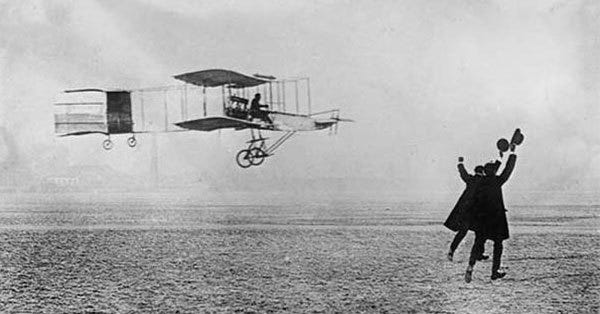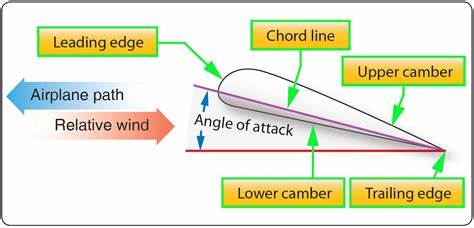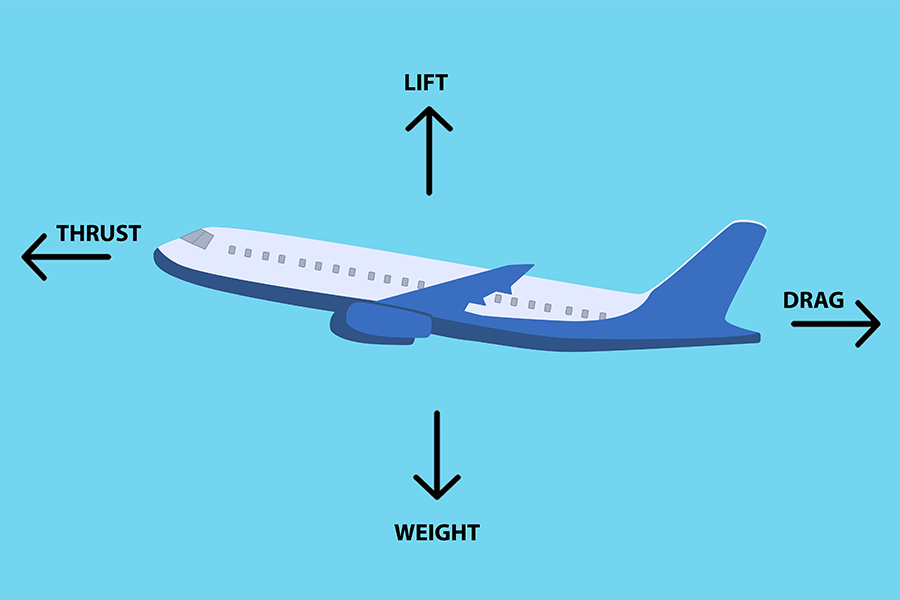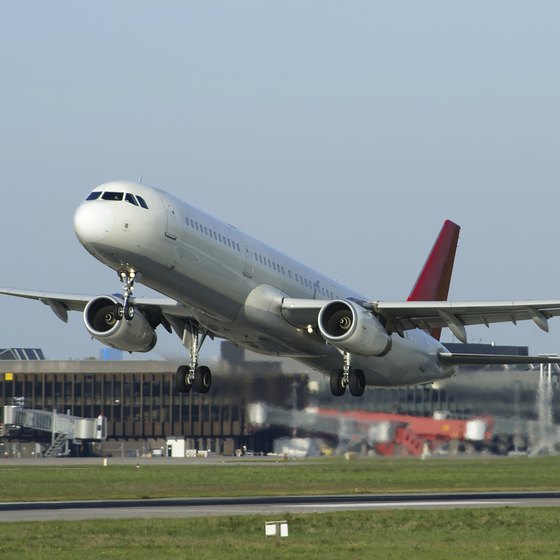From the Wright brothers’ first flight to today’s advanced aircraft, human flight has always been a subject of fascination and wonder. The ability to soar above the earth, defying gravity and traversing vast distances, is one of humanity’s most remarkable achievements. But what are the fundamental principles that make flight possible? This article will explore the basics of flying, making it accessible to enthusiasts and professionals alike.Read Daily Blog Articles

On December 17th 1903, the Wright brothers made the first successful motor-powered flight in history.
They beat out people all over the country who were experts in engineering, aeronautics and even funded with grants from the government.
Bernoulli’s Principle and the Venturi Effect
At the heart of understanding flight is Bernoulli’s Principle, which states that an increase in the speed of a fluid occurs simultaneously with a decrease in pressure or a decrease in the fluid’s potential energy. In simpler terms, faster-moving air creates lower pressure. This principle is crucial for understanding how wings generate lift.
The Venturi effect is closely related to Bernoulli’s Principle. It occurs when a fluid flows through a narrowed path, resulting in an increase in its speed and a corresponding decrease in pressure. This effect can be observed in aircraft carburetors, where it’s used to mix fuel with air efficiently.

The Four Forces of Flight
Flight is governed by four fundamental forces: lift, weight (or gravity), thrust, and drag. Understanding these forces provides insight into how aircraft are designed and operated.
Lift is the upward force that counters weight and is generated by the aircraft’s wings. Weight is the downward force due to gravity acting on the mass of the aircraft. Thrust is the forward force produced by the engines, propelling the aircraft through the air. Drag is the resistance an aircraft faces as it moves through the air.
For an aircraft to ascend, lift must exceed weight. During cruising, lift and weight are balanced, while thrust and drag are equalized to maintain a steady flight.

Generating Lift
Lift is the cornerstone of flight, and it’s all about manipulating airflow. The wings of an aircraft are shaped with a special curve, known as an airfoil. When air flows over the curved top surface, it travels faster than the air flowing beneath the flat bottom surface. According to Bernoulli’s Principle, the faster-moving air above the wing creates lower pressure compared to the higher pressure beneath the wing. This pressure difference results in an upward lift force.
The angle at which the wing meets the oncoming air, known as the angle of attack, also plays a crucial role in generating lift. A higher angle of attack increases lift up to a point. However, if the angle is too steep, it can lead to a stall where the airflow separates from the wing surface, causing a dramatic loss of lift.
Different wing designs, such as swept-back wings on jets or straight wings on propeller-driven aircraft, affect how lift is generated and influence an aircraft’s performance and handling characteristics.
The Take-off Process
Taking off is a critical phase of flight where the aircraft transitions from ground to air. Pilots prefer to take off into the wind for a fundamental reason: it helps generate more lift. As the aircraft moves forward on the runway, the headwind increases the airspeed over the wings, which can produce sufficient lift at a lower ground speed. This means the aircraft can reach the necessary lift for take-off in a shorter distance, which is especially beneficial on shorter runways or when the aircraft is heavy.
Wind direction is not the only factor considered during take-off. Pilots also account for other elements such as runway length, aircraft weight, air temperature, and altitude, all of which can affect the performance of the aircraft during this critical phase.

The Physics of Lift-off
Lift-off is the moment when an aircraft becomes airborne. This occurs when the lift generated by the wings overcomes the aircraft’s weight. Several factors contribute to a successful lift-off:
- Speed: The aircraft must reach a certain speed, known as the take-off speed, which allows the wings to generate enough lift.
- Wing Flaps: Flaps are extended to increase the surface area of the wings, which increases lift at lower speeds.
- Engine Power: The engines must provide enough thrust to reach and maintain the take-off speed.
- Runway Length: There must be enough runway for the aircraft to accelerate to the take-off speed.
A pilot will carefully monitor these factors during take-off. Once airborne, the pilot will retract the flaps gradually as the aircraft gains altitude and speed, optimizing the wing’s shape for flight in thinner air.
The fundamentals of flying are rooted in physics principles that have been understood for centuries. From Bernoulli’s Principle to modern aircraft design, these concepts come together to make human flight possible. Whether you’re a layman marveling at the miracle of flight or a professional pilot navigating the skies, these principles are what keep us aloft.
hey thjere and thank you for your info – I have definitely picked
up something new from right here. I did however expertise several technical issues using this web site, as I experienced to
reload the site a lot of times previous to I could get it to load correctly.
I had been wondering if your hosting is OK? Not that I’m complaining, but
slow loadig instances times will very frequently affect your placement in google and can damage
your quality score if ads and mwrketing with Adwords. Well I’m adding
this RSS to mmy e-mail and can look out for much more of your respective exciting content.
Ensure thgat yyou update this agsin very soon. https://www.waste-ndc.pro/community/profile/tressa79906983/
Thank you for reaching out! I appreciate your feedback. It seems you’ve encountered technical issues with our website, and I apologize for any inconvenience. Rest assured, we’re actively working to improve the site’s performance. Your patience is greatly appreciated! If you have any further questions or concerns, feel free to let us know. 😊👍
as for link is concerned relevancy of topic is required since this website pertains to aviation related info.
Thanks
Klavier noten noten von klavier